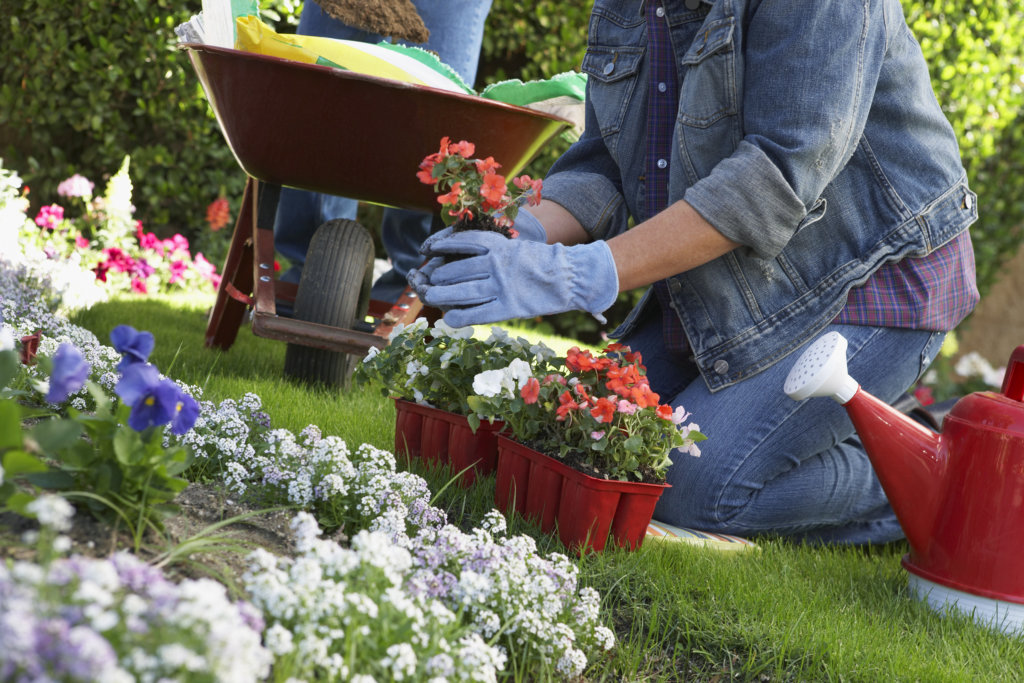
It’s gardening season and with many of us spending more time at home
due to covid-19 it is a great opportunity to get outdoors, enjoy nature and
get some exercise for our physical and mental well being.
Here are some tips to remember when you are gardening to help prevent injury…
1. Start by warming up your body.
Go for a short brisk walk followed by some mobility exercises to prepare your body for movement. A few general warm up exercises could include shoulder rolls, arm circles, side bend with arm reach and heel raises. If you have an injury you are working around a physiotherapist can prescribe a warm up designed specifically for you.
2. Avoid reaching and twisting when you are gardening.
Keep your work in front of you and close to your body. Bend your knees, use a kneeling pad, kneel on one knee or both but be sure to move the pad with you so you aren’t reaching. Raised garden beds are a great way to reduce the amount of bending you have to do.
When you are lifting, get in close to the object, bend your knees, engage
your core and carry the object close to your body. Avoid twisting. If you
have to turn, move your whole body by pivoting from your feet. Make sure
you are not lifting objects that are beyond your ability. Ask for help or wait
until you can get a second person to assist you.
3. When raking don’t reach and twist.
Hold the rake close to you, engage your core and move your feet with every raking motion. When turning move your whole body in one motion by pivoting your feet.
4. Pace yourself by varying tasks and positions.
Take breaks by getting up, moving around and stretching. Limit the amount of time you spend working in the garden. It may help to set an alarm. Many people get so involved in what they are doing that they lose track of how long they have been out there.
5. Watch your wrist movement.
Avoid bending your wrists back. Try to keep them neutral and use the bigger shoulder muscles to pull and lift. Keep tools close by and use tools with good grips and extended handles if needed. Wider grips with ergonomic handles make it easier for those with arthritis in their wrists and hands.
When working overhead be sure to avoid reaching too far. Get closer by
using a step ladder or stool if necessary. Take breaks in between to rest
your neck and shoulders.
Remember to warm up, pace yourself, take breaks, stretch, use proper
body mechanics, change positions frequently and most importantly enjoy
yourself!
Colleen Davies
BScPT, FCAMT, CGIMS
